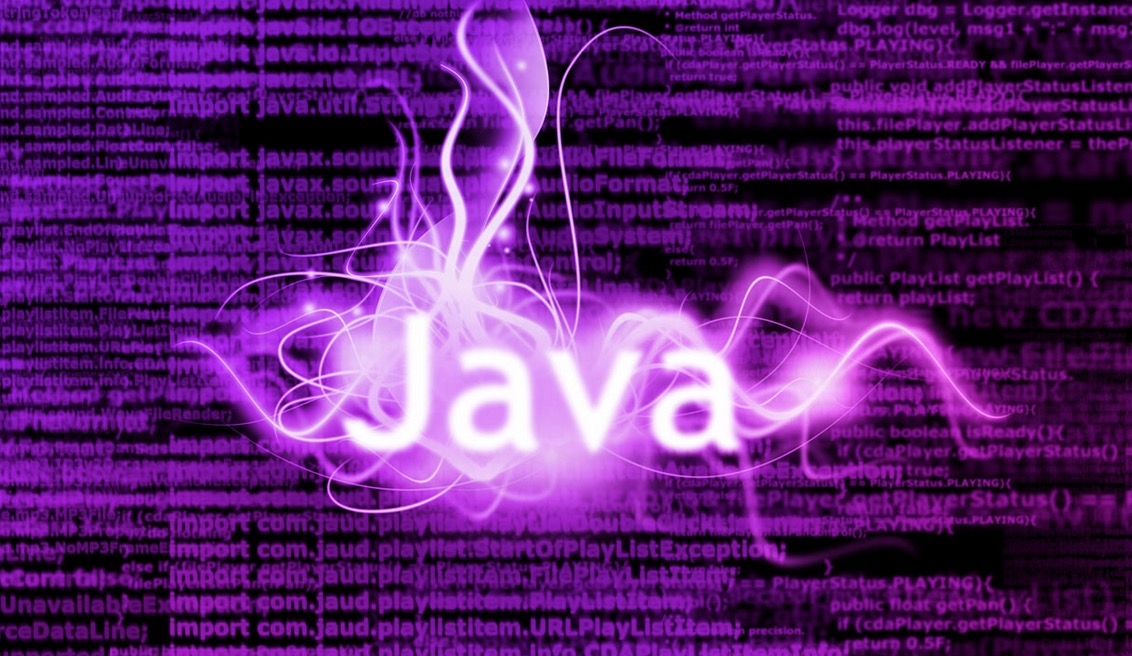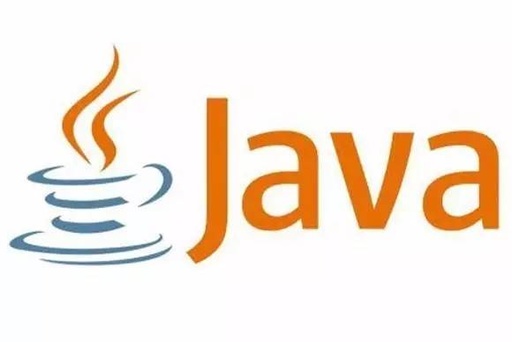Recommend 10 commonly used Java virtual machine usage articles
This article mainly introduces relevant information on the detailed explanation of the memory runtime data area managed by the Java virtual machine. Friends who need it can refer to the detailed explanation of the memory runtime data area managed by the Java virtual machine. The Java virtual machine executes the Java program. In the process, the memory it manages is divided into several different data areas. These areas have their own purposes, as well as the time of creation and destruction. Some areas exist with the startup of the virtual machine process, and some areas are created and destroyed depending on the start and end of the user thread. Program Counter The program counter is a small memory space that can be regarded as a line number indicator of the bytecode executed by the current thread. In the conceptual model of the virtual machine, the bytecode interpreter works by changing the value of this counter to select the next bytecode instruction that needs to be executed. Basic functions such as branches, loops, jumps, exception handling, and thread recovery are all Need to rely on this counter to complete. If the thread is executing a Java method, this counter records the virtual method being executed.
1. Detailed introduction to memory operation

Introduction: This article mainly introduces the relevant information on the memory runtime data area managed by the Java virtual machine. Friends in need can refer to the detailed explanation of Java Overview of the memory runtime data area managed by the virtual machine During the process of executing a Java program, the Java virtual machine will divide the memory it manages into several different data areas. These areas have their own purposes, as well as the time of creation and destruction. Some areas exist with the startup of the virtual machine process, and some areas are created and destroyed depending on the start and end of the user thread. Program counting...
2. 10 recommended articles about program memory

Introduction: This article mainly introduces relevant information on the analysis of program memory in Java. Friends in need can refer to this article to briefly explain the JVM when we run a Java program. (Java virtual machine) memory allocation. First, let’s get to know a few nouns perceptually: 1. Stack. Generally speaking, basic data types allocate space directly on the stack, and local variables (variables defined in the method code segment) also allocate space directly on the stack. , when the method where the local variable is located is executed, the space will be immediately reclaimed by the JVM. There is also a reference data type, which we usually...
3. About Detailed introduction to the data area
#Introduction: 1. Program counter line number indicator of the bytecode executed by the current thread. 2. The Java virtual machine stack thread is private and has the same life cycle as the thread. Used to store information such as local variable tables, operand stacks, dynamic linked lists, method exits, etc. Local variable table storage content: basic data types (boolean, byte, char, short, int, float, long, double) object reference (different from symbol reference, symbol reference is stored in the constant pool) returnAddress type (points to a bytecode instruction Address) 64...
4. JVM Learning Java Runtime Data Area

Introduction: Program counter Line number indicator of the bytecode executed by the current thread. 2. Java virtual machine stack is thread private and has the same life cycle as the thread. Used to store information such as local variable tables, operand stacks, dynamic linked lists, method exits, etc.
5. Detailed explanation of Java memory allocation and recycling mechanism (picture)
 # #
# #
Introduction: This article mainly talks about the allocation and recycling mechanism of Java memory, mainly including the Java runtime data area, object creation, garbage collection algorithm and recycling strategy. The reference book is "In-depth Understanding of Java Virtual Machine" by teacher Zhou Zhiming. The author only summarizes and illustrates it based on the content in the book. This part of the content is almost all comprehensible. In order to facilitate understanding and memory, it is presented in the form of pictures, texts or tables as much as possible. 1. Runtime data area The following figure is a memory diagram of the Java virtual machine when it is running: From the figure we can see that the Java memory is divided into...
6. A detailed introduction to the memory runtime data area managed by the Java virtual machine

Introduction: This article mainly introduces For detailed information on the memory runtime data area managed by the Java virtual machine, friends in need can refer to
7. Detailed explanation of the Java JVM virtual machine operating mechanism

Introduction: JVM (Java Virtual Machine) A specification for computing devices that can be used in different ways (software or hardware) to be implemented. Next, I will give you a brief introduction to the Java JVM virtual machine operating mechanism through this article. Friends who are interested should take a look together
8. Detailed introduction to object access in the Java virtual machine (Figure )

Introduction: This article mainly introduces the relevant information on the detailed explanation of object access in the Java virtual machine. Friends in need can refer to
9. Code sharing for implementing a universal concurrent object pool using Java

Introduction: In this article we mainly discuss how to implement an object pool in Java. In recent years, the performance of the Java virtual machine has been greatly improved in all aspects, so for most objects, there is no need to use object pools to improve performance. The fundamental reason is that creating a new object is not as expensive as it used to be. However, there are still some objects whose creation overhead is very high, such as threads, database connections and other non-lightweight objects. In any application, we will definitely use more than one such object. If there is a very convenient way to create and manage a pool of these objects, so that these objects can move...
10. Detailed explanation of the working principle of the Java virtual machine (pictures and text)

Introduction: This article mainly introduces the working principle of the Java virtual machine. Has very good reference value. Let’s take a look with the editor below
[Related Q&A recommendations]:
Java’s StringPool is stored in the method area. Is it shared by all classes?
jvm - A program that crashes the Java virtual machine
java - Are there any recommended books about JVM that are not that difficult?
jvm - What is the default encoding of the Java virtual machine?
The above is the detailed content of Recommend 10 commonly used Java virtual machine usage articles. For more information, please follow other related articles on the PHP Chinese website!

Hot AI Tools

Undresser.AI Undress
AI-powered app for creating realistic nude photos

AI Clothes Remover
Online AI tool for removing clothes from photos.

Undress AI Tool
Undress images for free

Clothoff.io
AI clothes remover

Video Face Swap
Swap faces in any video effortlessly with our completely free AI face swap tool!

Hot Article

Hot Tools

Notepad++7.3.1
Easy-to-use and free code editor

SublimeText3 Chinese version
Chinese version, very easy to use

Zend Studio 13.0.1
Powerful PHP integrated development environment

Dreamweaver CS6
Visual web development tools

SublimeText3 Mac version
God-level code editing software (SublimeText3)

Hot Topics
 Is the company's security software causing the application to fail to run? How to troubleshoot and solve it?
Apr 19, 2025 pm 04:51 PM
Is the company's security software causing the application to fail to run? How to troubleshoot and solve it?
Apr 19, 2025 pm 04:51 PM
Troubleshooting and solutions to the company's security software that causes some applications to not function properly. Many companies will deploy security software in order to ensure internal network security. ...
 How to elegantly obtain entity class variable names to build database query conditions?
Apr 19, 2025 pm 11:42 PM
How to elegantly obtain entity class variable names to build database query conditions?
Apr 19, 2025 pm 11:42 PM
When using MyBatis-Plus or other ORM frameworks for database operations, it is often necessary to construct query conditions based on the attribute name of the entity class. If you manually every time...
 How to simplify field mapping issues in system docking using MapStruct?
Apr 19, 2025 pm 06:21 PM
How to simplify field mapping issues in system docking using MapStruct?
Apr 19, 2025 pm 06:21 PM
Field mapping processing in system docking often encounters a difficult problem when performing system docking: how to effectively map the interface fields of system A...
 How do I convert names to numbers to implement sorting and maintain consistency in groups?
Apr 19, 2025 pm 11:30 PM
How do I convert names to numbers to implement sorting and maintain consistency in groups?
Apr 19, 2025 pm 11:30 PM
Solutions to convert names to numbers to implement sorting In many application scenarios, users may need to sort in groups, especially in one...
 How does IntelliJ IDEA identify the port number of a Spring Boot project without outputting a log?
Apr 19, 2025 pm 11:45 PM
How does IntelliJ IDEA identify the port number of a Spring Boot project without outputting a log?
Apr 19, 2025 pm 11:45 PM
Start Spring using IntelliJIDEAUltimate version...
 How to safely convert Java objects to arrays?
Apr 19, 2025 pm 11:33 PM
How to safely convert Java objects to arrays?
Apr 19, 2025 pm 11:33 PM
Conversion of Java Objects and Arrays: In-depth discussion of the risks and correct methods of cast type conversion Many Java beginners will encounter the conversion of an object into an array...
 E-commerce platform SKU and SPU database design: How to take into account both user-defined attributes and attributeless products?
Apr 19, 2025 pm 11:27 PM
E-commerce platform SKU and SPU database design: How to take into account both user-defined attributes and attributeless products?
Apr 19, 2025 pm 11:27 PM
Detailed explanation of the design of SKU and SPU tables on e-commerce platforms This article will discuss the database design issues of SKU and SPU in e-commerce platforms, especially how to deal with user-defined sales...
 How to elegantly get entity class variable name building query conditions when using TKMyBatis for database query?
Apr 19, 2025 pm 09:51 PM
How to elegantly get entity class variable name building query conditions when using TKMyBatis for database query?
Apr 19, 2025 pm 09:51 PM
When using TKMyBatis for database queries, how to gracefully get entity class variable names to build query conditions is a common problem. This article will pin...






